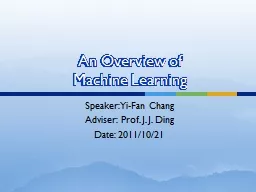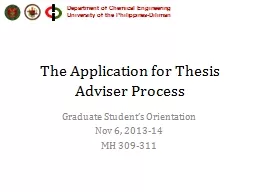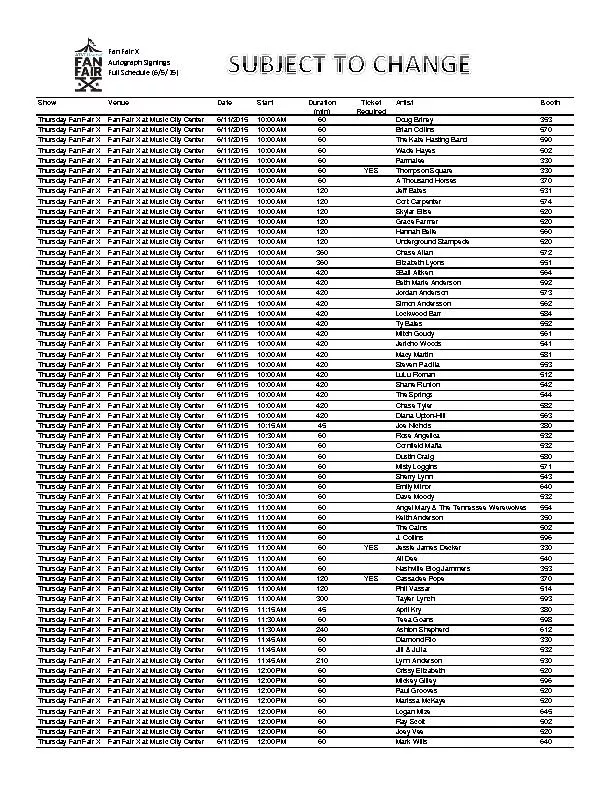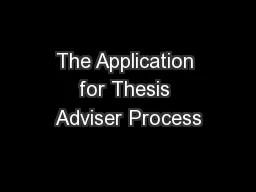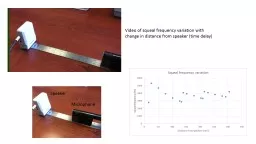PPT-An Overview of Machine Learning Speaker: Yi-Fan Chang Adviser: Prof. J. J. Ding
Author : myesha-ticknor | Published Date : 2019-11-01
An Overview of Machine Learning Speaker YiFan Chang Adviser Prof J J Ding Date 20111021 What is machine learning Learning system model Training and testing Performance
Presentation Embed Code
Download Presentation
Download Presentation The PPT/PDF document "An Overview of Machine Learning Speaker..." is the property of its rightful owner. Permission is granted to download and print the materials on this website for personal, non-commercial use only, and to display it on your personal computer provided you do not modify the materials and that you retain all copyright notices contained in the materials. By downloading content from our website, you accept the terms of this agreement.
An Overview of Machine Learning Speaker: Yi-Fan Chang Adviser: Prof. J. J. Ding: Transcript
Download Rules Of Document
"An Overview of Machine Learning Speaker: Yi-Fan Chang Adviser: Prof. J. J. Ding"The content belongs to its owner. You may download and print it for personal use, without modification, and keep all copyright notices. By downloading, you agree to these terms.
Related Documents

